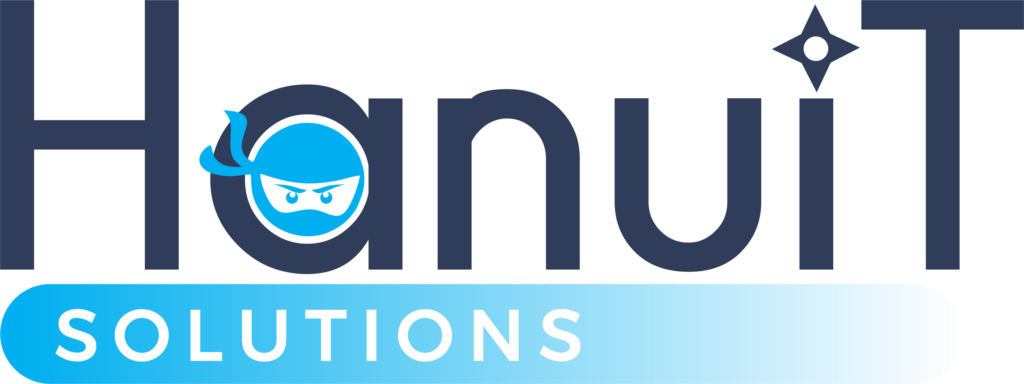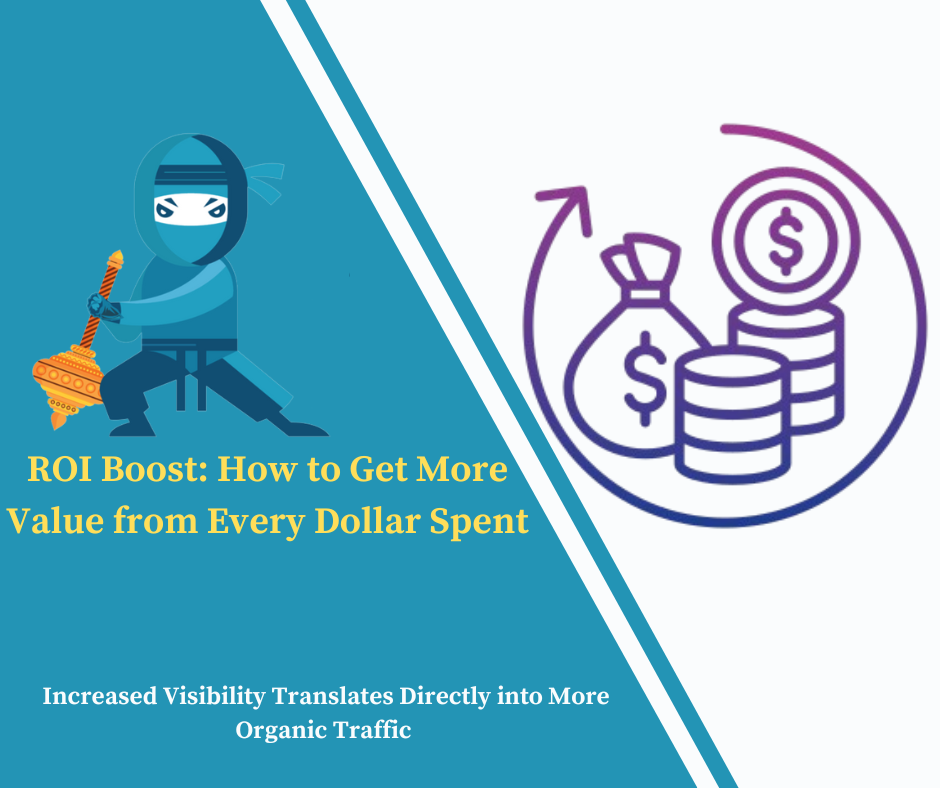ROI Boost: How to Get More Value from Every Dollar Spent
In a world, of ROI where every dollar counts, businesses are constantly seeking ways to maximize their return on investment (ROI). Whether through marketing, operations, or technology, the goal is to ensure that every dollar spent delivers the highest possible value. “ROI Boost: How to Get More Value from Every Dollar Spent” explores essential strategies for optimizing expenditures and driving financial efficiency. Businesses can significantly enhance their ROI and achieve sustainable growth by focusing on smarter spending and strategic investments.
Understanding ROI and the Importance of Every Dollar Spent
Return on Investment (ROI) is a performance metric that calculates the return generated from an investment relative to its cost. It is a fundamental measure for assessing the efficiency of investments and understanding how well resources are being utilized.
The phrase “every dollar spent” underscores the need for meticulous financial management and strategic allocation of resources. To truly enhance ROI, businesses must focus on maximizing the value derived from each dollar they invest, whether it’s in marketing, technology, operations, or other areas.
Strategies to Get More Value from Every Dollar Spent
Implement Data-Driven Decision Making
Data-driven decision-making involves using data analysis to guide business decisions rather than relying on intuition. By leveraging data, businesses can identify trends, predict outcomes, and make informed decisions that optimize spending. Tools like Google Analytics, CRM systems, and financial reporting software can provide insights into which investments yield the highest returns.
Actionable Tip: Regularly review your data to assess the performance of various investments. Adjust your strategies based on the insights to ensure that every dollar spent contributes to your goals.
Prioritize High-Impact Investments
Not all investments are created equal. Focus on high-impact areas that directly contribute to your core objectives. For instance, investing in technology that automates processes or enhances efficiency can yield substantial returns compared to less strategic expenditures.
Actionable Tip: Conduct a cost-benefit analysis for each investment opportunity. Prioritize those that align with your business goals and demonstrate a clear path to increased ROI.
Optimize Marketing Spend
Marketing is a significant area where businesses can often overspend without realizing optimal returns. To get more value from every dollar spent on marketing, implement strategies such as:
Targeted Advertising: Use demographic and behavioral data to target specific audiences who are more likely to convert.
A/B Testing: Continuously test and refine your marketing campaigns to improve performance and reduce wasted spend.
Performance Tracking: Monitor key metrics like conversion rates and cost per acquisition to evaluate the effectiveness of your marketing efforts.
Actionable Tip: Allocate your marketing budget to channels and campaigns that provide the highest return. Regularly review and adjust your strategies based on performance data.
Also read: Achieving Better ROI: Best Practices for Business Growth
Leverage Technology and Automation
Technology and automation can streamline operations, reduce costs, and improve efficiency. For example, investing in software solutions that automate repetitive tasks can free up valuable time and resources.
Actionable Tip: Identify manual processes that can be automated. Implement technology solutions that offer a strong return on investment and align with your business needs.
Negotiate and Seek Cost Savings
Negotiating with suppliers, vendors, and service providers can lead to significant cost savings. By securing better terms, discounts, or bulk pricing, you can reduce expenses and increase the value of every dollar spent.
Actionable Tip: Regularly review your contracts and relationships with suppliers. Negotiate for better rates or explore alternative providers to optimize your spending.
Invest in Employee Training and Development
Employees are a valuable asset, and investing in their skills and development can lead to increased productivity and efficiency. Training programs that enhance employee capabilities can ultimately contribute to a higher ROI by improving performance and reducing turnover.
Actionable Tip: Assess the skills gaps within your team and invest in training programs that align with your business objectives. Measure the impact of training on employee performance and ROI.
Measure and Adjust Your Strategies
Continuous measurement and adjustment are essential for maximizing ROI. Regularly evaluate the performance of your investments and strategies to ensure they are delivering the desired results.
Actionable Tip: Implement key performance indicators (KPIs) to track the success of your investments. Use these metrics to make data-driven adjustments and optimize your spending.
FAQ
What is ROI, and why is it important?
ROI, or Return on Investment, measures the return generated from an investment relative to its cost. It is important because it helps businesses assess the efficiency of their investments and determine how effectively their resources are being utilized.
How can businesses ensure they get the most value from every dollar spent?
Businesses can maximize value by implementing data-driven decision-making, prioritizing high-impact investments, optimizing marketing spend, leveraging technology and automation, negotiating for cost savings, investing in employee development, and continuously measuring and adjusting their strategies.
What role does data play in maximizing ROI?
Data plays a crucial role in maximizing ROI by providing insights into investment performance and guiding decision-making. Analyzing data helps businesses identify trends, predict outcomes, and make informed decisions that enhance ROI.
How can businesses optimize their marketing spend for better ROI?
Businesses can optimize marketing spend by using targeted advertising, conducting A/B testing, and tracking performance metrics. By focusing on high-performing campaigns and channels, businesses can ensure that their marketing dollars are spent effectively.
What are some cost-saving strategies for businesses?
Cost-saving strategies include negotiating with suppliers, seeking bulk discounts, and exploring alternative providers. Additionally, investing in technology and automation can reduce costs and improve efficiency.
How does employee training contribute to ROI?
Employee training enhances skills and productivity, leading to improved performance and efficiency. By investing in development programs, businesses can increase ROI by maximizing the potential of their workforce and reducing turnover.
What are key performance indicators (KPIs), and how do they help with ROI?
KPIs are metrics used to evaluate the success of investments and strategies. They help businesses track performance, measure progress toward goals, and make data-driven adjustments to optimize ROI.
Conclusion
Maximizing ROI requires a strategic approach to managing and allocating resources effectively. By focusing on getting the most value from every dollar spent, businesses can drive growth, enhance efficiency, and achieve their financial goals. Implementing data-driven decision-making, prioritizing high-impact investments, optimizing marketing spend, leveraging technology, and continuously measuring performance are essential practices for boosting ROI and ensuring long-term success.








